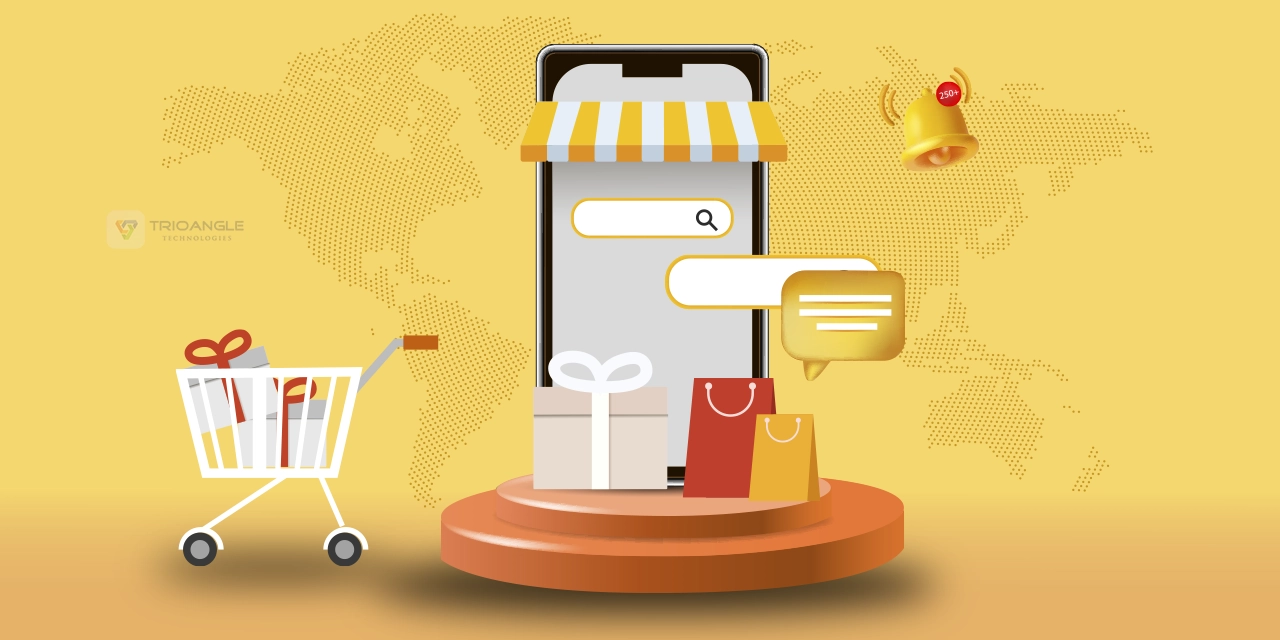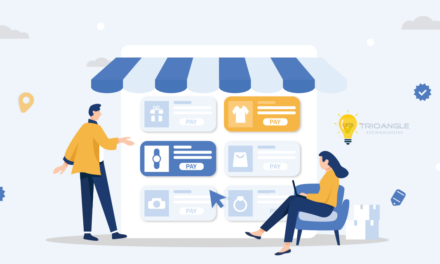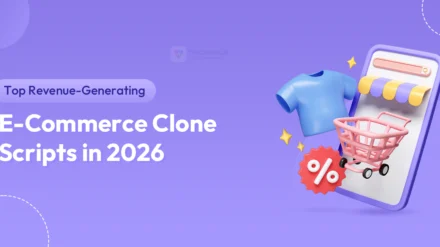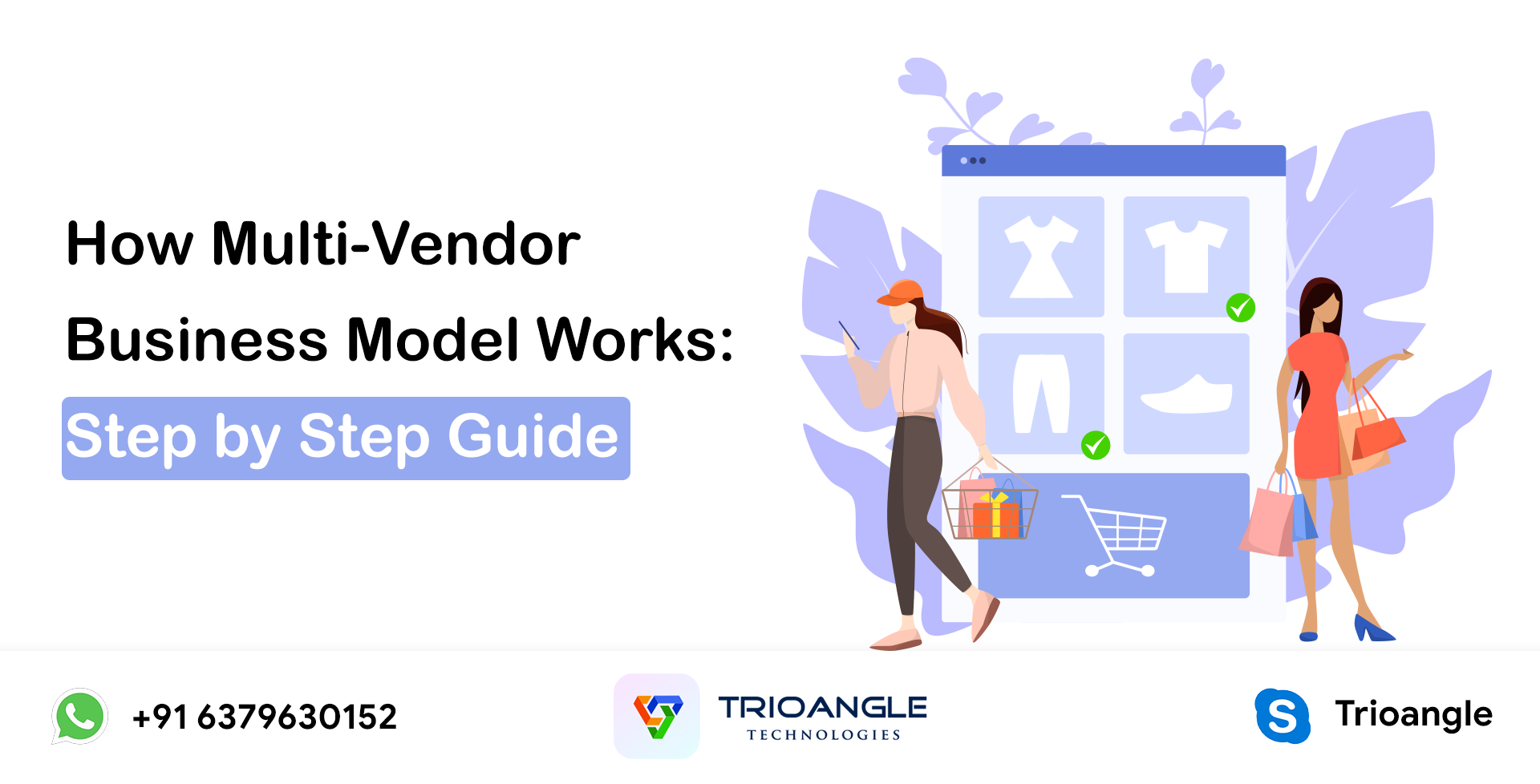Starting an online business is a dream for many entrepreneurs, but competing with giants like Amazon can seem daunting. However, modern technology offers a solution with Amazon Clone Apps, allowing you to build a scalable and profitable e-commerce platform.
This guide will walk you through the essentials of starting your e-commerce journey, from understanding the market and launching your app to exploring the revenue models that can drive your success.
Without much ado, let’s dive in!
Understanding the Market
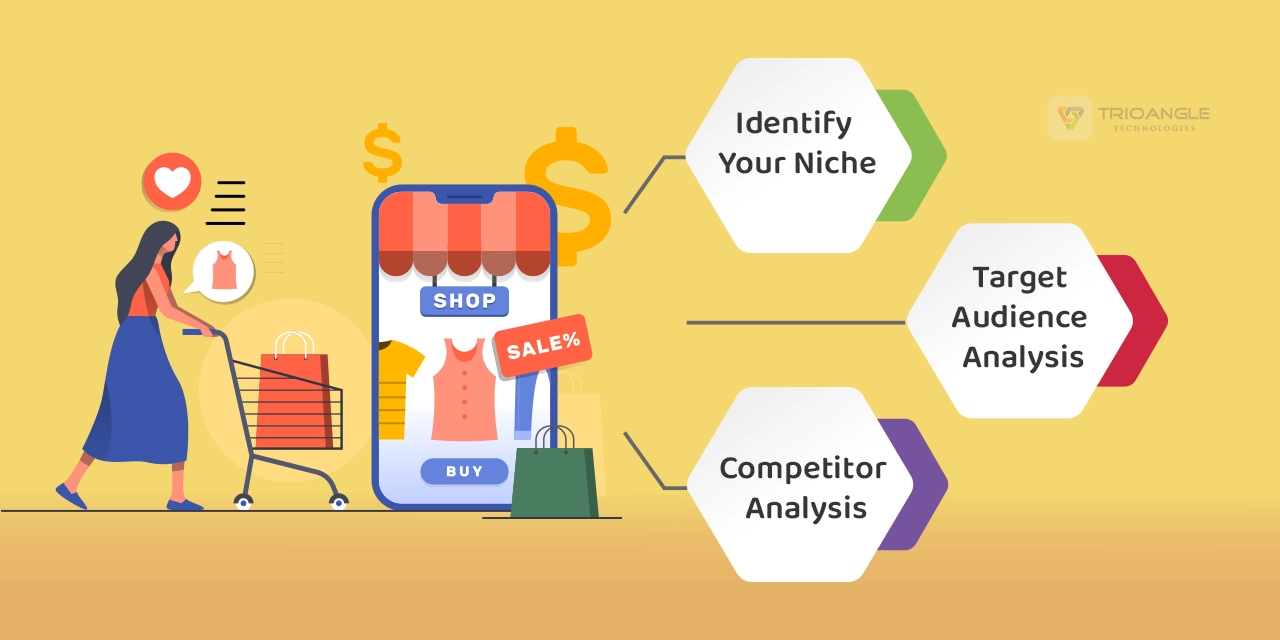
Research is to see what everybody else has seen, and to think what nobody else has thought.” – Dr. Albert Szent-Gyorgyi
Before diving into e-commerce, it’s crucial to understand the market landscape. Thorough market research will lay a solid foundation for your business. Here’s how you can do it effectively:
1. Identify Your Niche
Finding a niche is vital. A niche is a specific market segment that isn’t fully served by existing companies, presenting an opportunity for you. Here’s how to pinpoint your niche:
- Research Market Gaps: Look for areas where customer needs are not being met adequately by current e-commerce businesses.
- Evaluate Demand vs. Competition: If a particular segment, like fashion, is saturated with competitors, consider focusing on less crowded areas where you can provide unique value.
For instance, if you notice a high demand for beauty products but a lack of providers, this could be your niche. Your goal is to serve this segment better than anyone else.
2. Target Audience Analysis
Understanding your potential customers is key to tailoring your offerings. To analyze your target audience:
- Assess Preferences and Behaviors: Determine what products or services your audience seeks and how they prefer to shop.
- Identify Pain Points: Understand the challenges they face with existing options. For example, if customers struggle to find specific beauty products, you can cater to this need.
Ensure that the demand for these products is sustainable in the long run.
3. Competitor Analysis
Analyzing competitors like Amazon provides insights into their strategies, product offerings, and customer engagement tactics. Here’s how to benefit from this analysis:
- Learn from Industry Leaders: Understand what makes successful companies thrive and identify their weaknesses.
- Develop Your Strategy: Use these insights to create a competitive edge, focusing on areas where you can outperform them.
Competitor analysis is a roadmap that helps you navigate potential challenges and capitalize on opportunities.
Know How Much Does It Cost To Start An ECommerce Business?
Steps to Develop an Amazon Clone
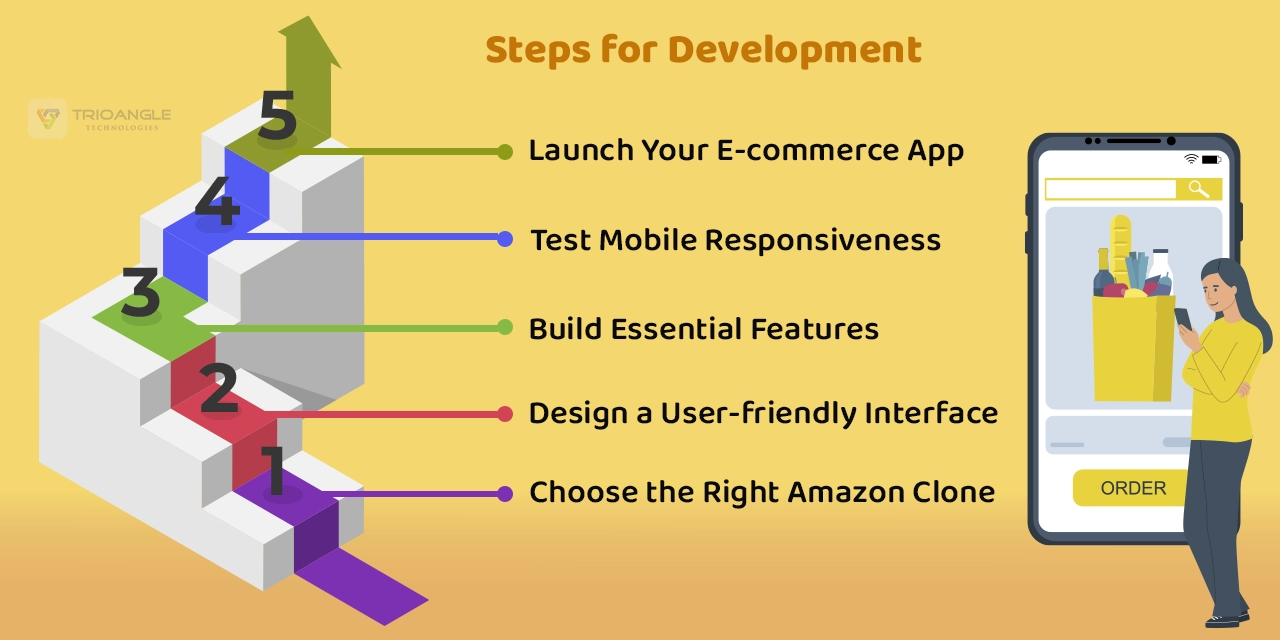
With a clear understanding of the market, you can start developing your Amazon Clone App by following these steps:
Choose the Right Amazon Clone Solution
Select a platform that is:
- Customizable and Scalable: Ensure the Amazon clone can grow with your business and adapt to your needs.
- Aligned with Your Goals: The platform should support your business objectives and be understandable for your development team.
Also read,
Why Is Amazon Clone Dominating The Industry In 2024?
Key Benefits of Launching an Amazon Clone App in the USA in 2024
Design a User-friendly Interface
Simplicity is key to a great user experience. Here’s how to achieve it:
- Prioritize Intuitive Navigation: Make it easy for users to find what they need.
- Use High-quality Images: Visually appealing images can enhance product appeal.
- Streamline the Checkout Process: A seamless checkout increases the likelihood of purchase.
These elements contribute to a positive shopping experience, encouraging users to stay longer and buy more.
Build Essential Features
Your e-commerce platform should include these critical features:
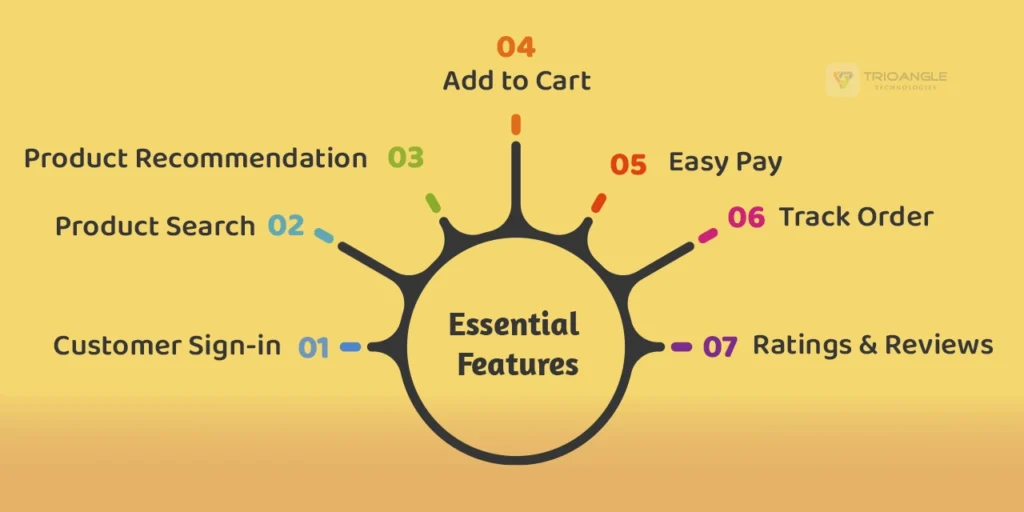
- Customer Sign-in: Allow users to register and log in via social media or email, which enables them to make purchases and leave reviews.
- Product Search: Implement a robust search function to help users find items quickly.
- Product Recommendation: Use algorithms to suggest products based on browsing and purchase history, enhancing user engagement.
- Add to Cart: Provide an easy way for users to add items to their cart for later purchase.
- Easy Pay: Support multiple payment methods, including credit cards, PayPal, Stripe, and cash on delivery, without extra charges for online payments.
- Track Order: Offer real-time tracking so customers can monitor their order status.
- Product Ratings & Reviews: Allow users to review and rate products, helping other shoppers make informed decisions.
Test Mobile Responsiveness
Did you know? Mobile e-commerce sales hit $2.2 trillion in 2023, accounting for 60% of global online sales, as per Statista’s Market Insights.
Given the rise of mobile shopping, it’s crucial to ensure your app is optimized for smartphones:
- Optimize for Mobile: Adjust images, buttons, and features for mobile viewing.
- Test Across Devices: Run your app on various screen sizes and devices to ensure a smooth experience for all users.
Launch Your E-commerce App
Once your app is ready, it’s time to go live:
- Deploy on App Stores: Launch your app on the App Store and Google PlayStore.
- Collect Feedback and Improve: Use customer feedback to refine your Amazon clone platform.
- Regular Testing and Updates: Continuously test and update your app to maintain a modern, efficient service.
Remember, speed is crucial—Amazon reports losing significant revenue with even minor slowdowns in page loading times.
Suggest read,
How to Pick the Best Ecommerce Website Development Company?
Revenue Models for Your Amazon Clone App
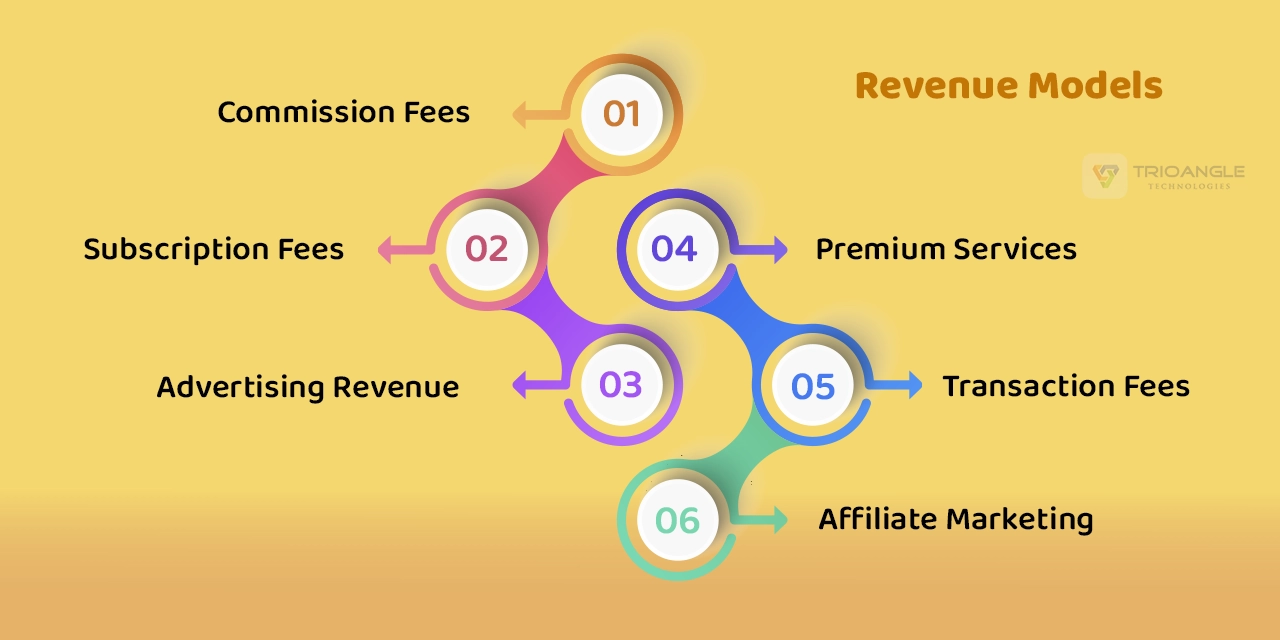
Unlocking the secrets to revenue generation is pivotal for your e-commerce platform’s long-term success. Delve into these intriguing revenue models that could propel your business forward:
- Commission Fees: Charge sellers a percentage of each transaction completed through your platform.
- Subscription Fees: Offer subscription plans for sellers and buyers who want access to premium features. This model ensures recurring revenue and encourages buyers and sellers to invest in your platform.
- Advertising Revenue: Monetize your Amazon clone by displaying targeted ads to users based on their browsing and purchase history. You can charge advertisers based on impressions, clicks, or conversions, maximizing revenue potential.
- Premium Services: Introduce additional services such as fulfillment by your platform, premium product listings, or analytics dashboards for sellers. Charge a fee for these value-added services.
- Transaction Fees: In addition to commission fees, you can impose a flat fee per transaction processed through your platform. This model allows you to generate revenue regardless of the transaction value and encourages high-volume sales.
- Affiliate Marketing: Partner with other businesses and earn a commission for referring customers to their products or services. Integrate affiliate links into your platform and track conversions to receive a percentage of the sales generated through your referrals.
Final Thoughts
Starting an e-commerce business with an Amazon Clone App is a modern and efficient way to enter the online marketplace. With a clear vision and the right development partner, you can bring your business idea to life and generate significant revenue.
What are you waiting for?
Start building your e-commerce empire today. Good luck!

